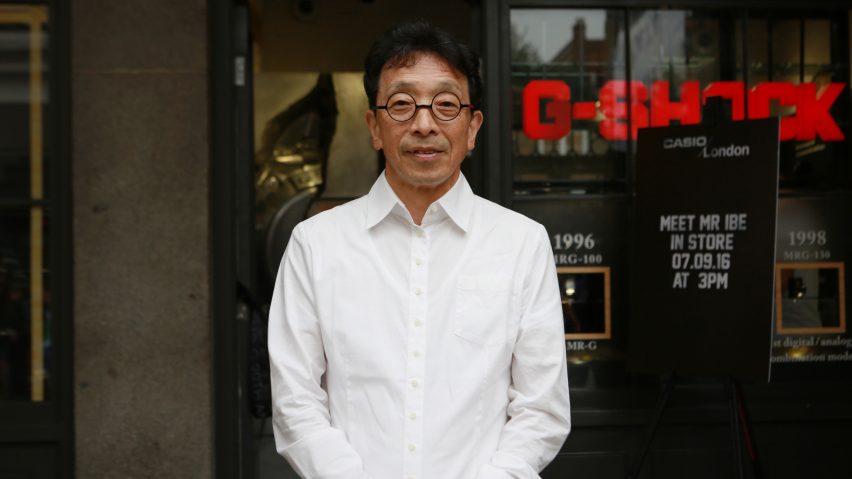
"I threw more than 200 prototypes out of a bathroom window" says G-Shock inventor
In 1983, a young engineer at Casio invented the indestructible G-Shock watch. Kikuo Ibe, now the Japanese brand's research and development chief engineer, told Dezeen how he developed the cult product.
Ibe came up with the idea 35 years ago after breaking the mechanical watch his father had given him.
"When I entered high school, my father gave me a watch," Ibe said. "Unfortunately I dropped it on my way to work and it smashed into pieces on the floor.
"So that is the reason why I wanted to create a tough watch that can't be destroyed."
The chunky digital watch was developed at a time when most other watches on the market were as slim as possible, so when Ibe later got a job at Casio, he developed the product in secret.
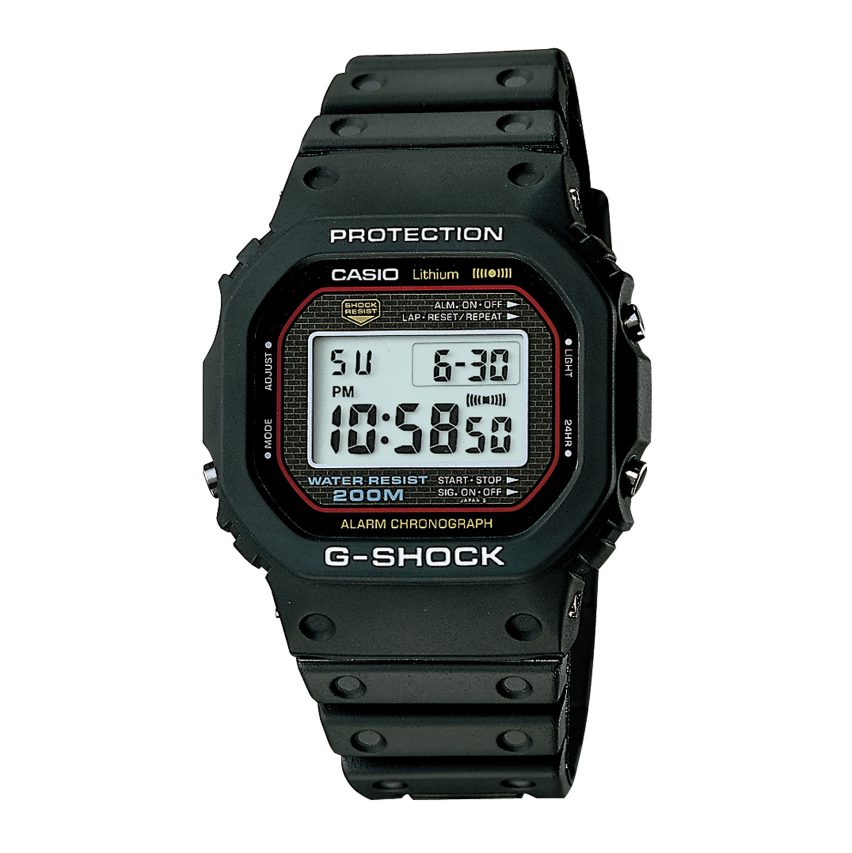
"I used the bathroom to test the shock resistance by throwing watches from the window," said Ibe.
It was not an immediate success, appealing only to construction workers and police officers.
But it later became a style icon when the skateboarding craze hit Japan, leading youngsters to seek a tough timepiece that matched their baggy clothes.
Ibe was in London last month to unveil the 20th anniversary edition of the Mr-G, an upmarket metal version of the original G-Shock.
Read the interview with Kikuo Ibe:
Marcus Fairs: Tell me the story of how the G-Shock came about.
Kikuo Ibe: When I entered high school, my father gave me a watch. Unfortunately I dropped it on my way to work and it smashed into pieces on the floor. So that is the reason why I wanted to create a tough watch that can't be destroyed.
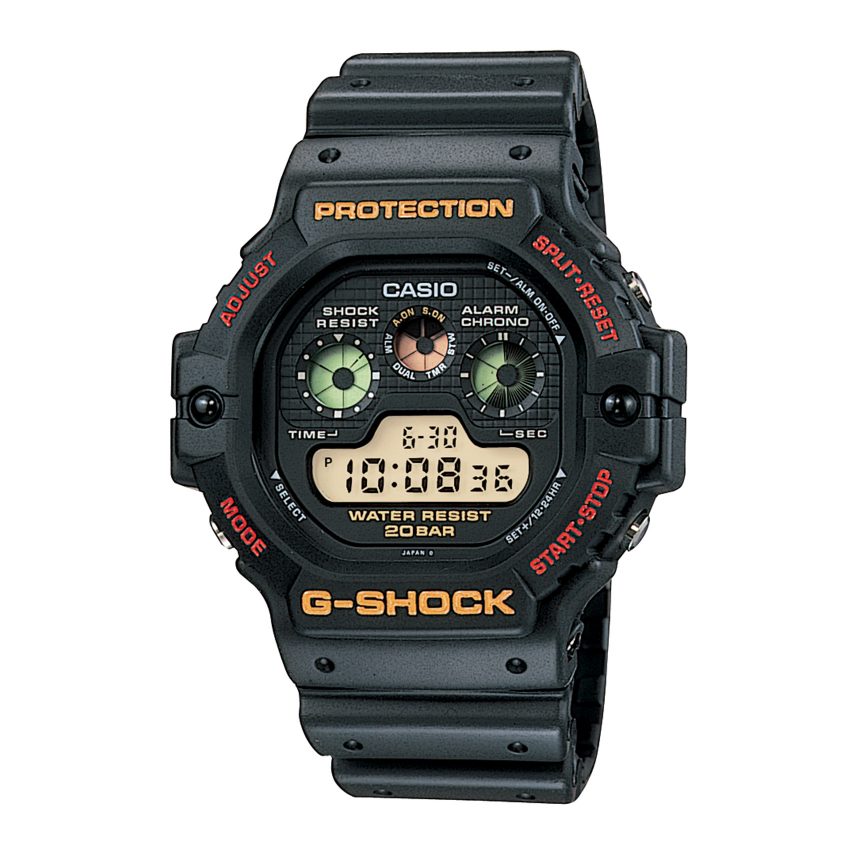
Marcus Fairs: What did your father say when you told him you'd broken his watch?
Kikuo Ibe: He used that watch for such a long, long time. So when it broke, he wasn't upset. He was very understanding because he had used it for a long time.
Marcus Fairs: That's lucky! So that inspired you to create a watch that couldn't be broken. You joined Casio's development team and started to develop the watch. Tell me how you did that.
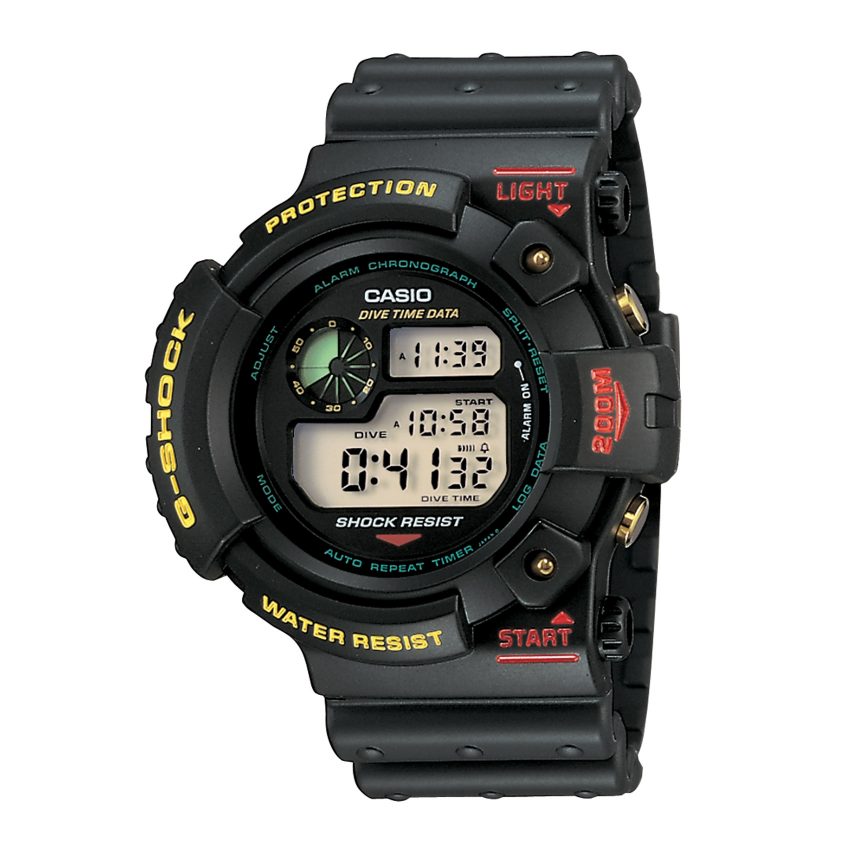
Kikuo Ibe: The most difficult part was to come up with a structure that can absorb shock.
At the time there was a kind of competition for slimness in the watch industry, so I decided to test it in a secret place. My office was located on the second floor and the height from the ground to that floor was about 10 metres.
So I used the bathroom to test the shock resistance by throwing watches from the window.
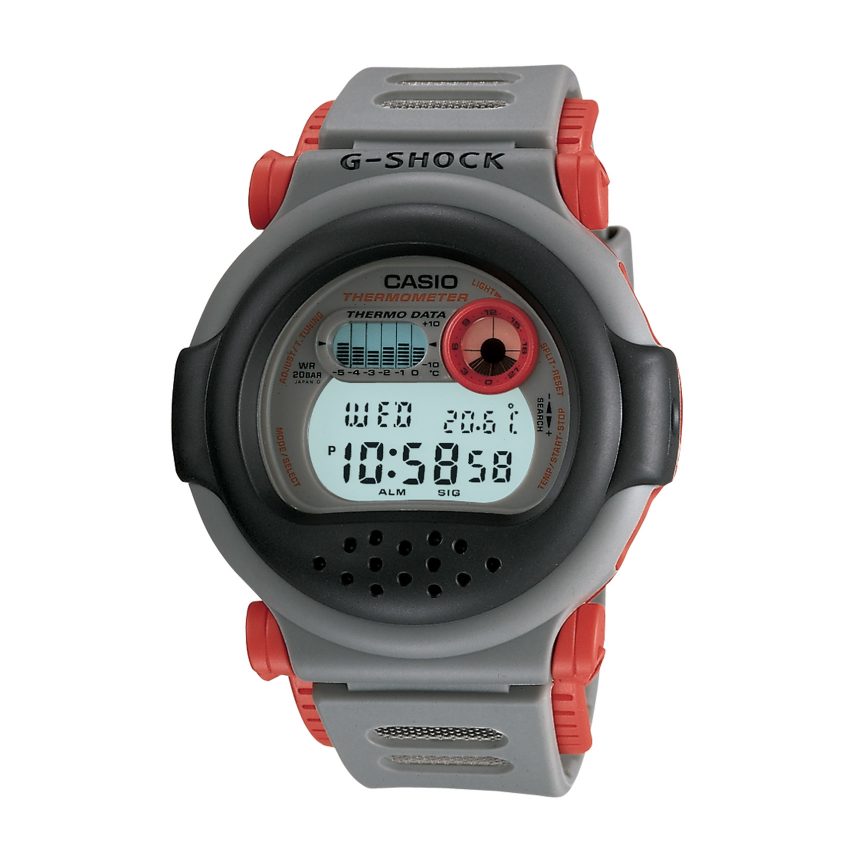
Marcus Fairs: How many prototypes did you destroy before you got it right?
Kikuo Ibe: More than 200.
Marcus Fairs: What was the solution you discovered in the end that protected the watch movement from the shock? How does it work and what materials does it use?
Kikuo Ibe: So the final solution to the problem was to come up with a five-stage shock absorbent system. The fifth stage is a hollow system, so the watch mechanism is floating. That fifth stage of the floating concept came from seeing a girl playing with a bouncy ball in a park.
I watched the ball bounce and imagined a floating watch engine. Suddenly, the solution was obvious. I came up with the idea to float the watch engine. Finally we could develop G-Shock.
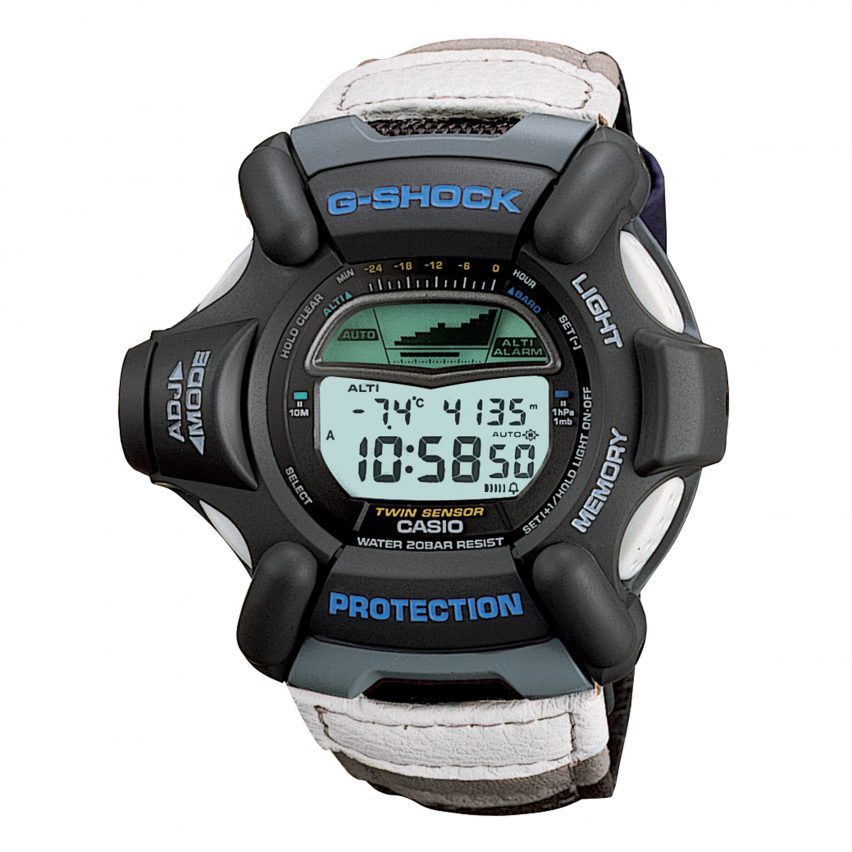
Marcus Fairs: Tell me about the triple-ten test.
Kikuo Ibe: During development the target was to be able to drop the watch from 10 metres high, have 100-metre water resistance and 10-year battery life. That triple ten was the original target. The ten-metre-drop shock resistance remained the same, 100-metre water resistance became 200 metres, and the 10-year battery life became seven.
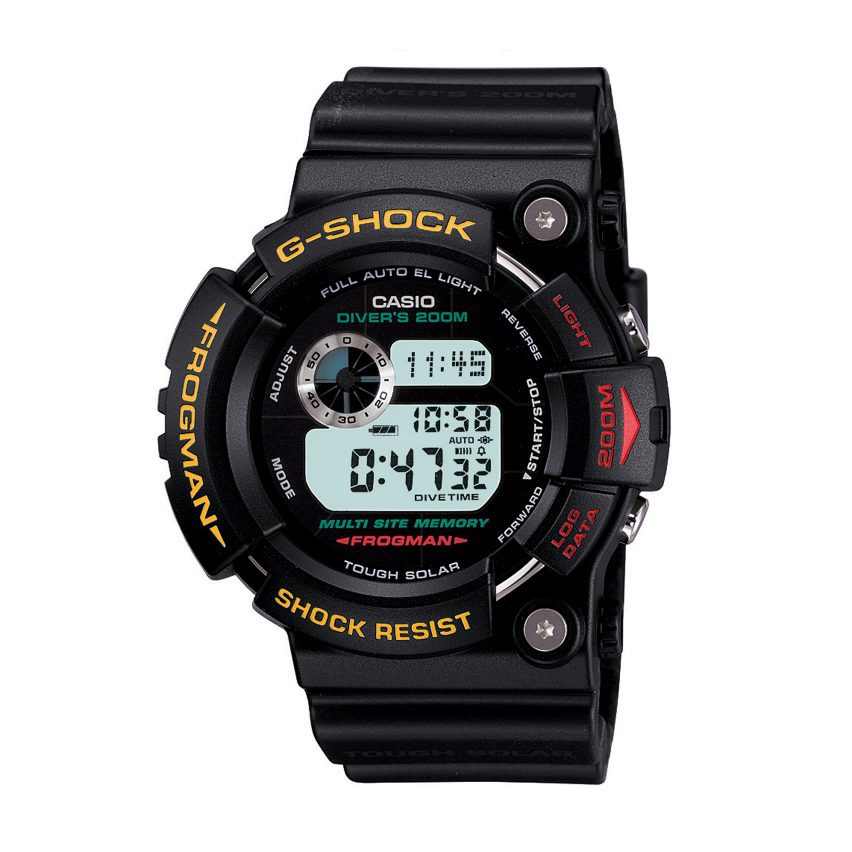
Marcus Fairs: When the watch first went on sale, what was the reaction?
Kikuo Ibe: When G-Shock was first on sale in stores, what was popular in the Japanese market was very thin watches. Everything was becoming thinner. G-Shock was going in the other direction, so everyone was surprised.
Marcus Fairs: What kind of people bought them? How did it become popular, given that it was so chunky?
Kikuo Ibe: Professional people such as the police and construction workers who do tough jobs liked it. The younger generation at the time weren't interested in it.
It started to become popular in the 90s, when the younger generation started to wear baggy clothes and guys got into skateboarding. They naturally wanted a cool watch which didn't get damaged when they fell over.
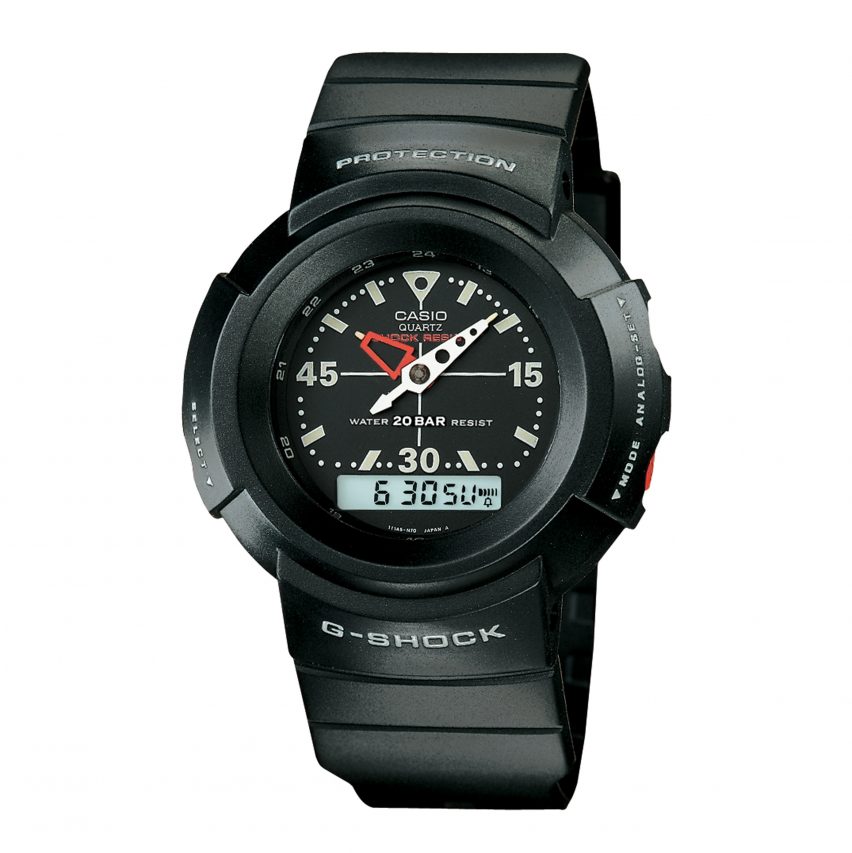
Marcus Fairs: So it was skate culture and street style that made the difference. Looking back now, how do you think that the G-Shock watches changed the landscape of watches? How has it changed the watch industry? Do you think it has had a big influence?
Kikuo Ibe: I don't think it has changed the market but I certainly believe that G-Shock has its place in the market.
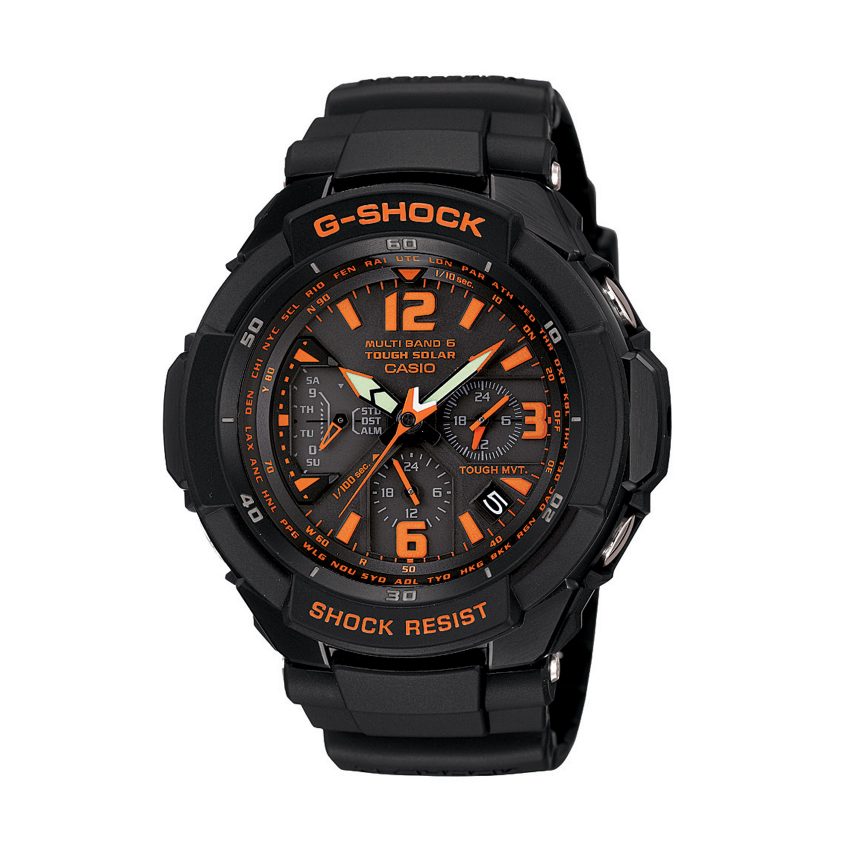
Marcus Fairs: And what about the watch world today? What do you think about trends like smartwatches and Apple Watches? How do you see the current watch world?
Kikuo Ibe: People who have a smartphone don't wear a watch. But because of smartwatches, now more people are interested in a timepiece. I'm quite pleased about that.
The difficulty of making a phone into a watch is because of the size of the display – it becomes extremely small on your wrist. But Apple's concept is to make a smartwatch into a watch.
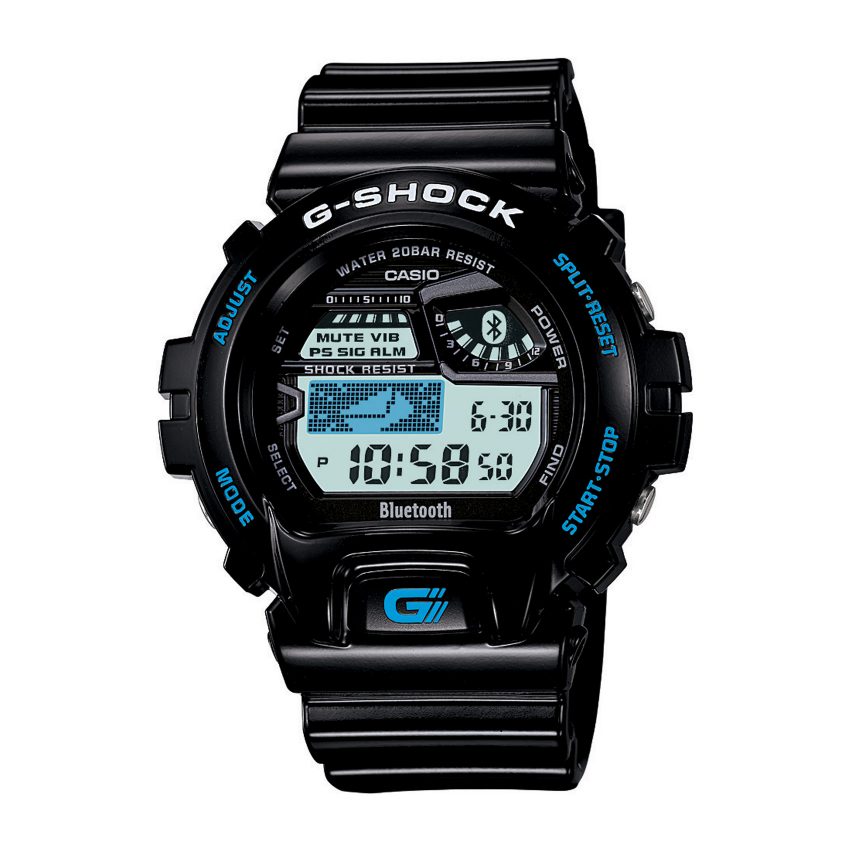
Plus everybody is used to charging their phone – but I don't think people are used to the concept of charging their watch. So that might be quite difficult. One of the biggest issues of smartphones is the battery life.
The main use for a watch is timekeeping, but it also can be used as a device, and that is our aim. What we are aiming for is for consumers to have both a smartphone and a wristwatch.
Marcus Fairs: So there may be a smart G-Shock watch in the future?
Kikuo Ibe: [Holds up his finger in a "wait and see" gesture].
Marcus Fairs: So in 50 years time, do you think people will still be wearing watches? And, if the answer is yes, what will they be?
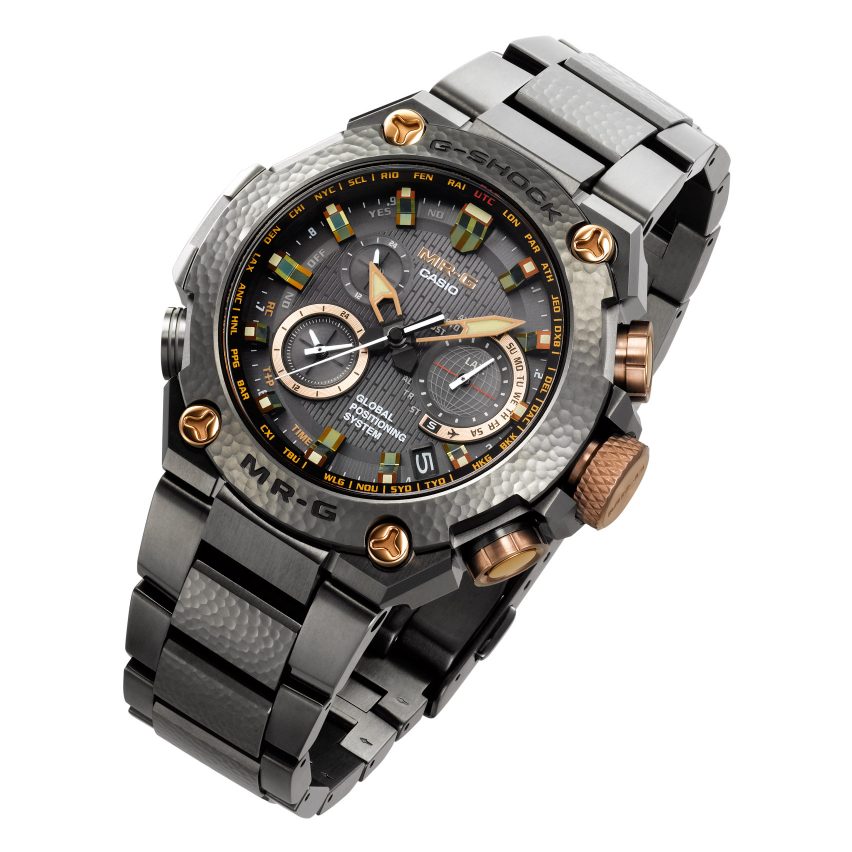
Kikuo Ibe: The answer is yes. I think that in 50 years time the majority of us will be wearing watches, but what I dream of is in 50 years time to create a watch that people can wear in outer space. My dream is for aliens and humans to be wearing G-Shock in outer space.
Marcus Fairs: What other watches and watch designers do you think are really important and do you really admire?
Kikuo Ibe: No watches.
Marcus Fairs: What about other products then? Or other designers?
Kikuo Ibe: Leonardo da Vinci.